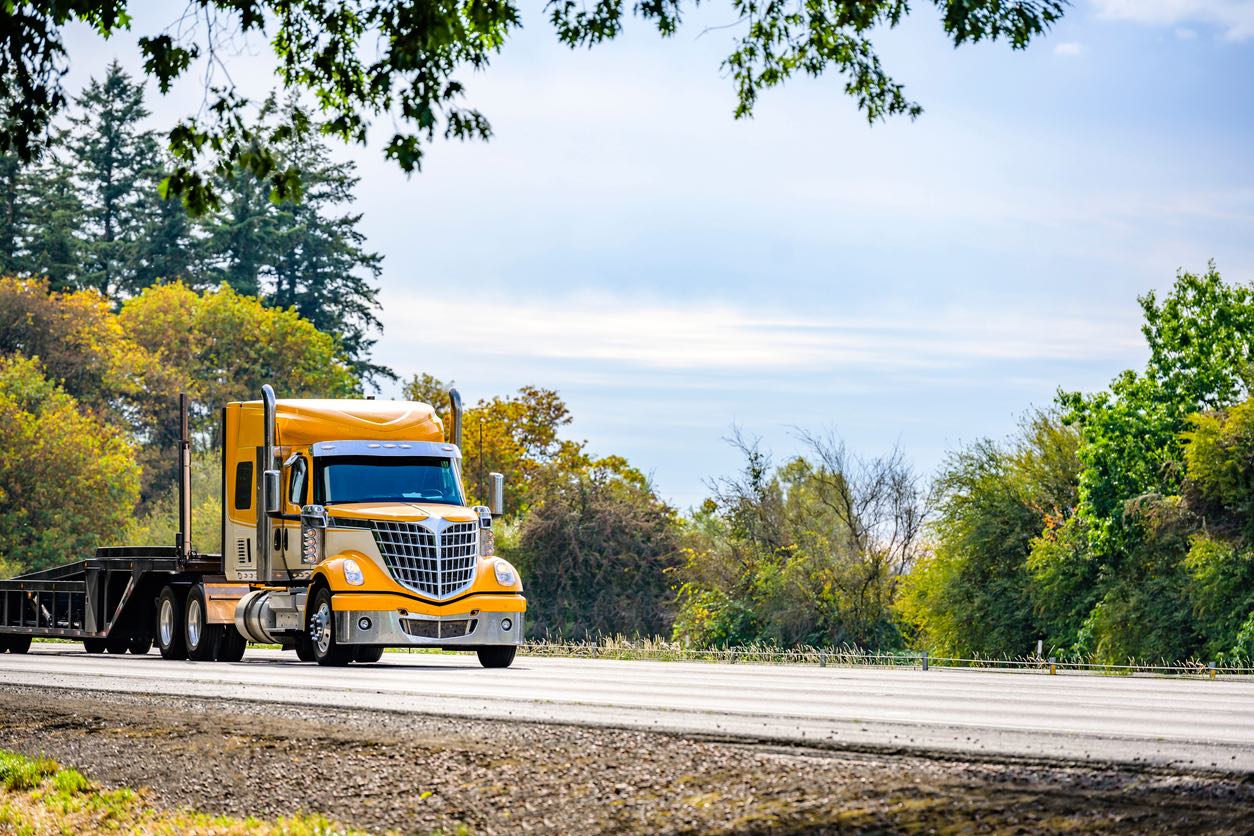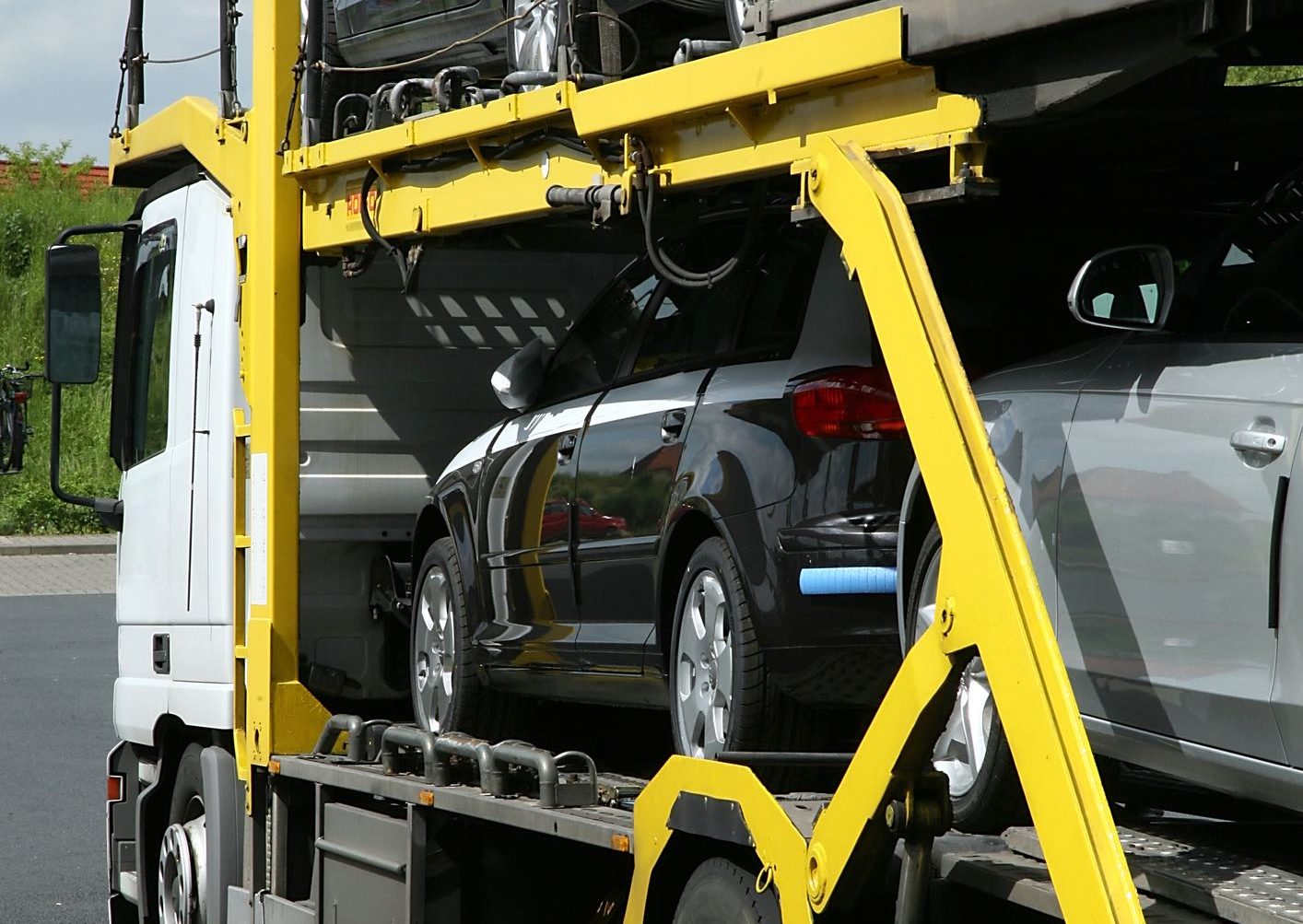There are several ways to move a shipping container, but not all of them are viable for every situation.
In addition, there are also many different types of containers that may or may not be suitable for transportation.
The most common methods include:
- Trucks (Driving the container to its destination on a flatbed truck or trailer)
- Crane, tractor-trailer or Forklift (usually over short distances)
- Moving it by rail
- Shipping it across an ocean (with watercraft)
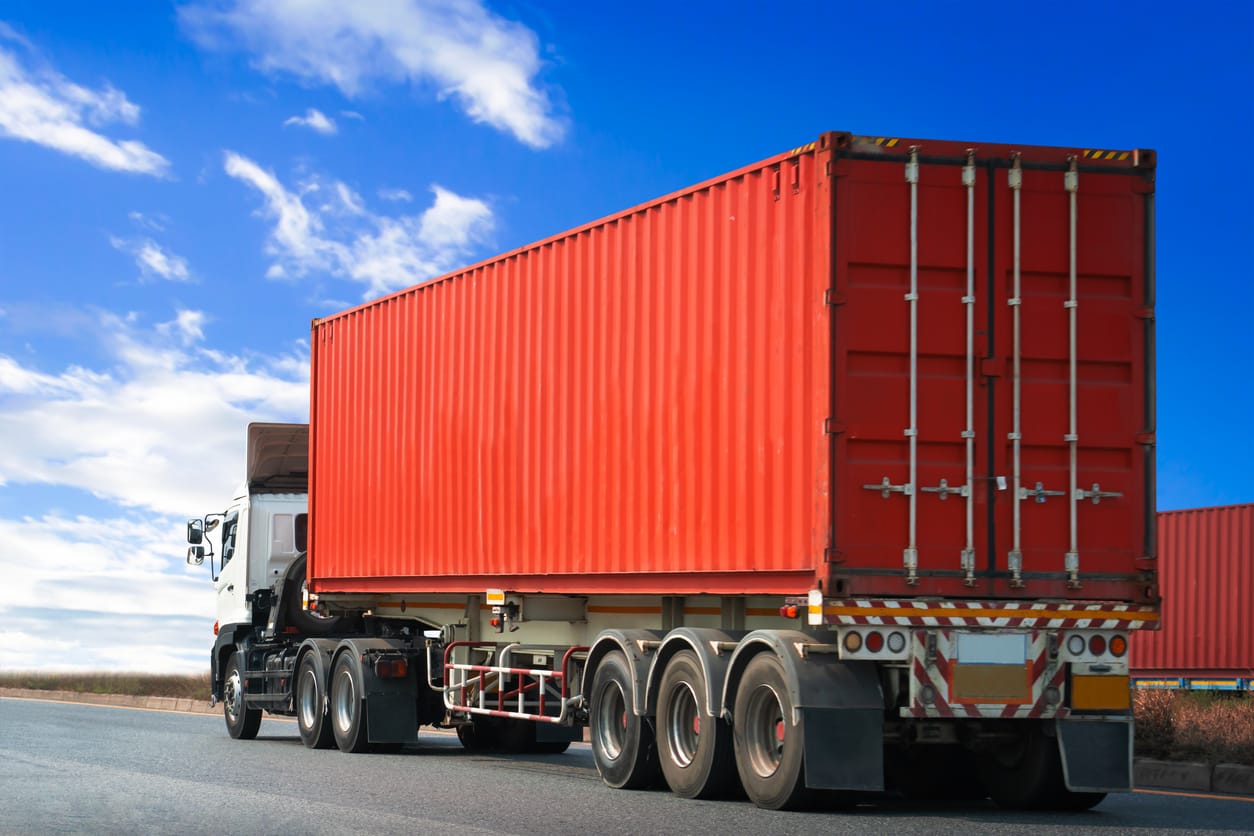
This is the most common way of transporting containers. A trucking company will have special equipment to move shipping containers and can carry one or more of them at any time. Trucks can carry a container on a flatbed or tilt bed.
Three types of trucks haul freight containers: flatbed, tilt bed and step deck. Tilt bed trucks are less common than step deck trucks because they can carry less weight.
Step decks are the most common type of truck because they have a door in the back that opens up so you can load cargo on or off quickly.
Flatbeds take longer to load and unload since you need to use ramps or stairs to get into them. However, flatbeds can also carry more weight than tilt beds or step decks.
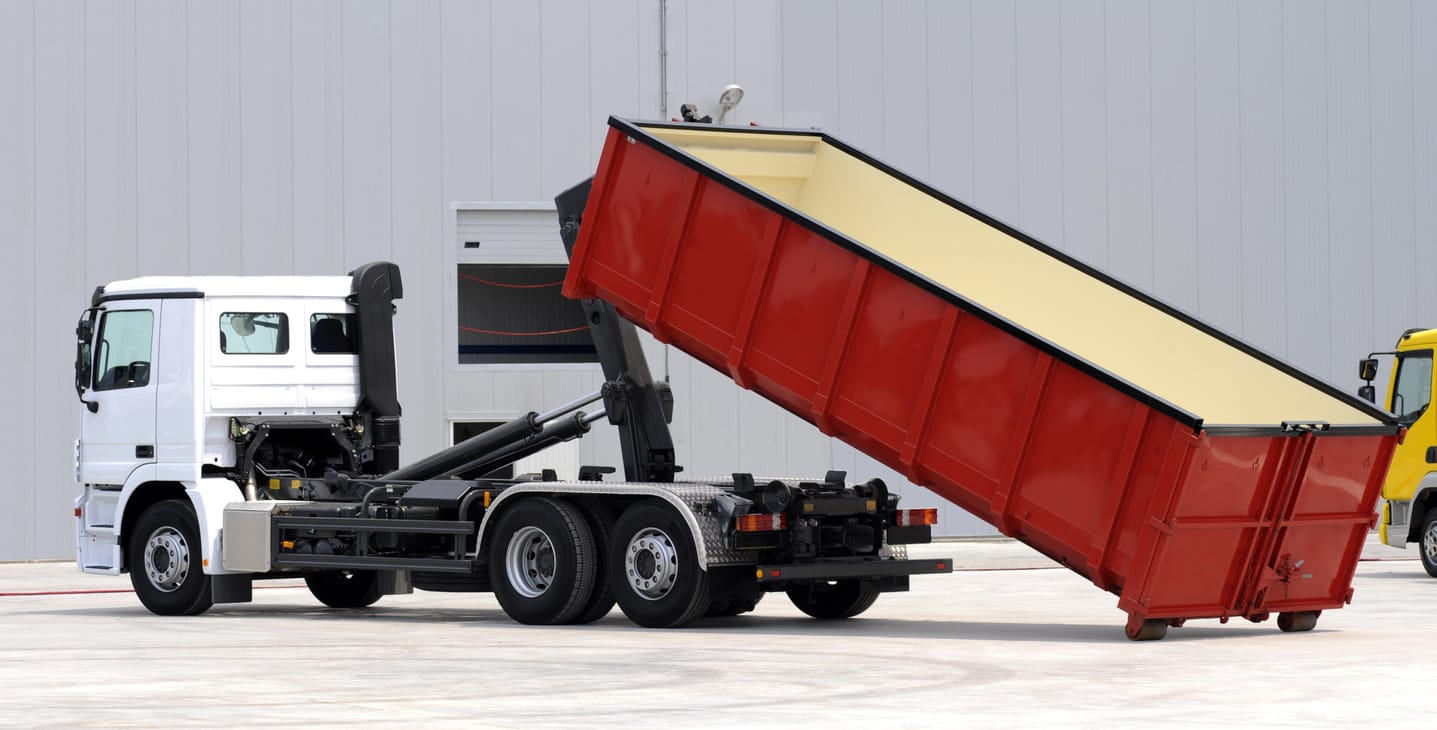
Tilt Bed Trucks are used to transport shipping containers over short distances, often from one trucking terminal to another. These trucks have large hydraulic cranes that can position the containers upright on their sides and tilt them into a horizontal position for loading onto other trailers or railcars.
This is an ideal way to move freight from one location to another if you don’t need it shipped directly from your source location (like a factory) across the country. For example, if you are shipping goods from China and want them delivered within a few hours’ drive of your warehouse in Chicago, then using tilt bed trucks will save time and money compared with sending them by railcar or standard tractor-trailer trucking costs alone.
Long Distance Shipping: In some cases, long-distance shipping makes sense because there may be no intermediary facilities available closer than where they would otherwise be shipped via railcar or standard tractor-trailer trucking costs alone.
Standard Truck Transporters: If you’re looking for something more mobile than a tilt bed then perhaps consider standard tractor-trailers. They’re able to carry larger loads than tilt beds but also have greater range since they don’t require loading docks at either end as many railcars do.”
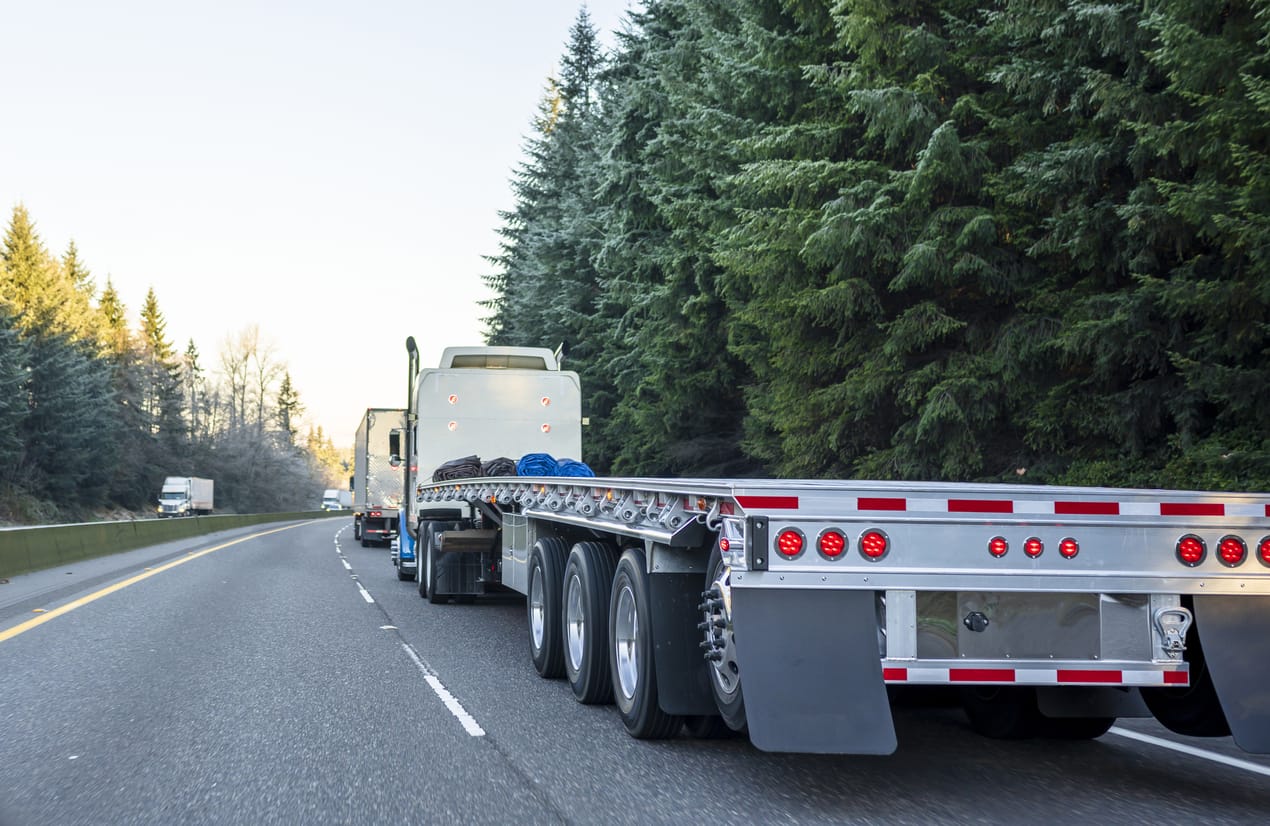
Flatbed trucks are the most common means of transporting a container on the road, and they are also used to transport containers by rail. The vast majority of flatbed truckers in North America use vehicles that have been modified from their original design, but some custom-built flatbed trucks are manufactured for specific tasks. These include:
- open-top trucks with a closed back that has no sides or roof (called “open deck”)
- dump trucks with low bodies designed to carry heavy loads at an angle (called “low boy”)
The vast majority of these vehicles have been designed so that they can be driven down highways using just two axles instead of four. This allows them to use less fuel than other vehicles while still maintaining their ability to carry heavy loads safely and efficiently.
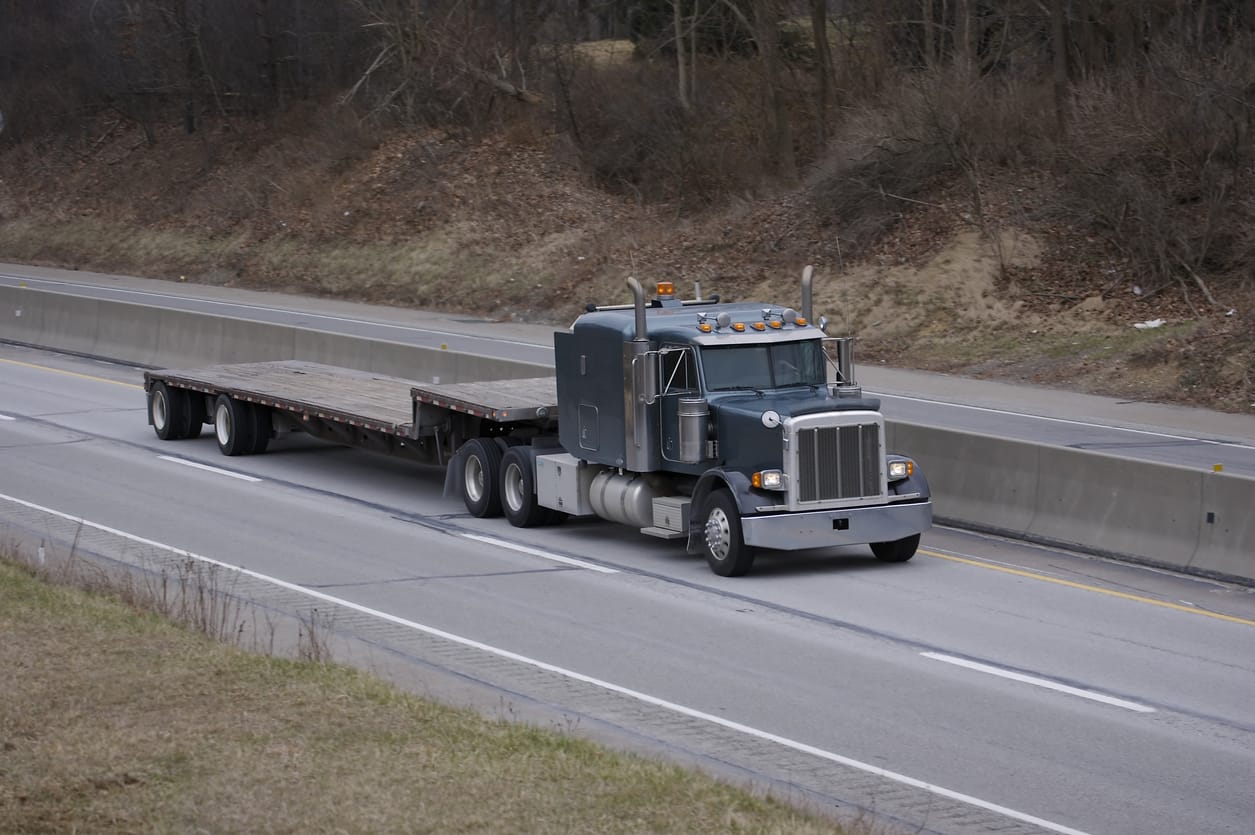
Step-deck trucks are used to transport freight containers on and off ships. The truck has an adjustable height chassis with a platform that extends down over the ship’s hold. As it is lowered, load-securing equipment secures the container to the chassis, allowing it to be lifted by crane or hoist into or out of a vessel’s cargo hold.
Step-deck trucks can also be used in open-air environments (such as at ports), where they can lift containers onto semi-trailers for transport inland. Finally, step-deck trucks can also be used undercover (such as in warehouses) to load and unload railway cars or other types of vehicles.
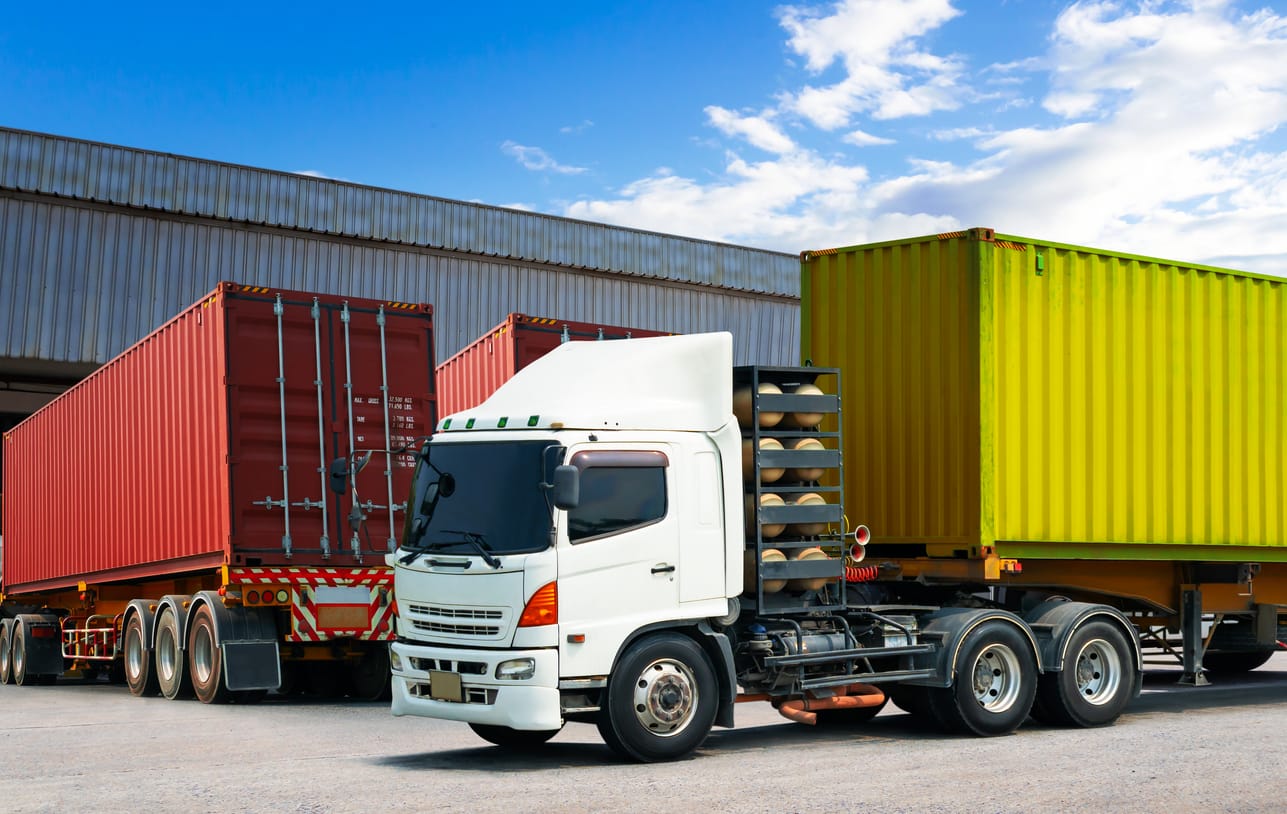
If you are going to be moving the shipping container onto a flatbed or step-deck truck, there are several ways to do so. You could use a forklift, a crane or even a sling to help get it loaded into place.
However, if you have the option of using just one person to move your shipping container on/off trucks, then I recommend using a dolly.
A dolly is essentially a platform with wheels that sits on top of four skids made out of steel bars welded together. It allows you to move large objects easily without needing any additional equipment like cranes or forklifts which can cost thousands of dollars each month in rental fees alone.
Dollies are perfect for moving heavy items because they distribute weight evenly across all four wheels so there’s no risk of tipping over during transportation either.
Once you’ve got your shipping container off the flatbed or step-deck truck, it’s easy to move it to its final resting place. If you’re using a tilt bed truck, simply drive up next to the container and let down the tailgate so that it is level with your new purchase.
When using a removable gooseneck trailer (RGN), simply hook up your trailer and tow away! You can also choose to use rails or sling straps if you would prefer not to tow anything behind your vehicle.
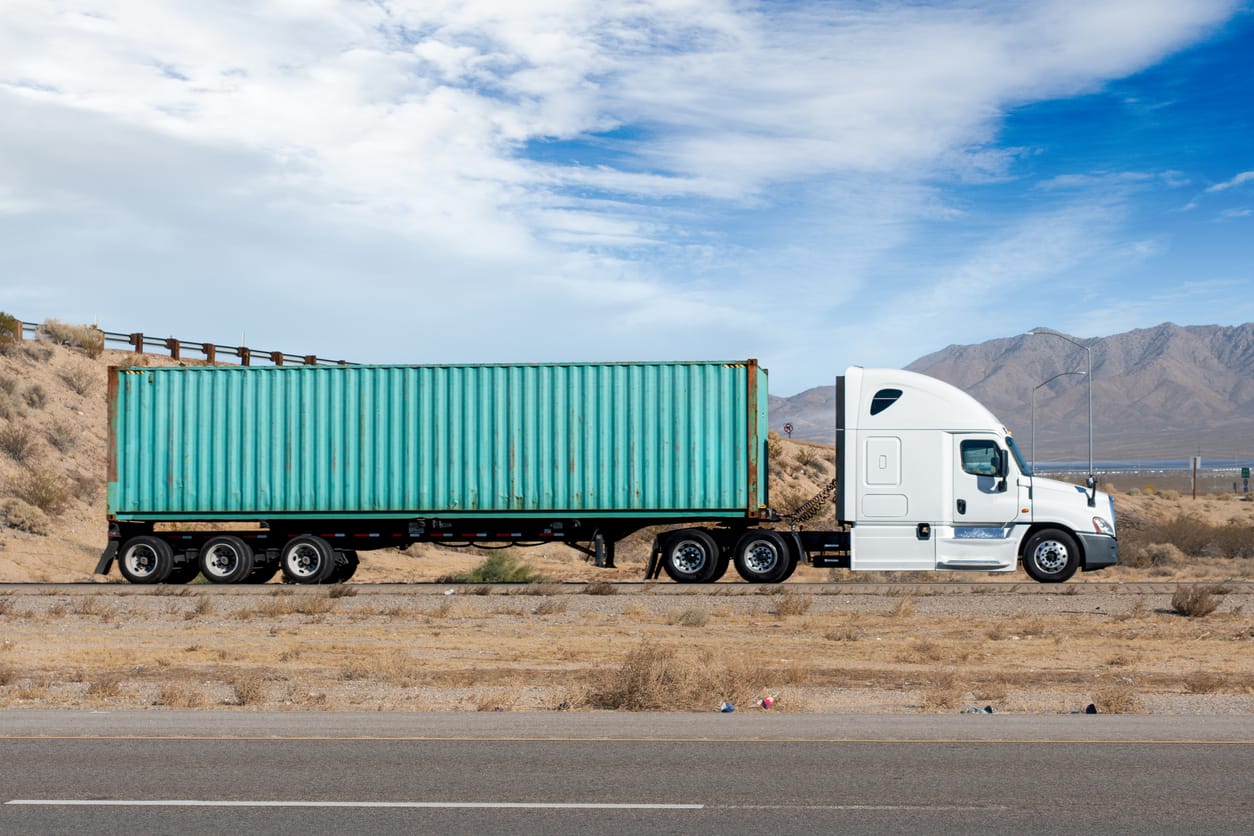
The Removable Gooseneck Trailer (RGN) is a trailer with a removable gooseneck that’s used to transport shipping containers over the road. The RGN can be used on the following types of trailers:
- Flatbed trucks
- Step-decks
The RGN can be used to transport the container on and off the trailer by attaching it to the base of your truck’s fifth-wheel hitch.
Shipping costs vary based on the size and weight of the container, as well as the distance being travelled. The type of truck used to transport your cargo also affects shipping costs; for example, a flatbed trailer costs less than an 8-axle tractor-trailer. As such, it’s important to work with a shipping company that can help you determine what type of vehicle will be needed to move your container.
Although many variables can affect this price. The price is based primarily on these factors:
- Weight (not content) of your freight container
- The distance needs to travel

So, to sum it up, transporting your shipping container is a lot more complicated than you might think. It involves multiple steps, and if you don’t do them correctly or carefully, then you can run into problems with your equipment or accidentally drop off your cargo.
Don’t worry, SAC knows exactly how to handle every step of the process so that you don’t have to worry about anything. Just give us a call today.


